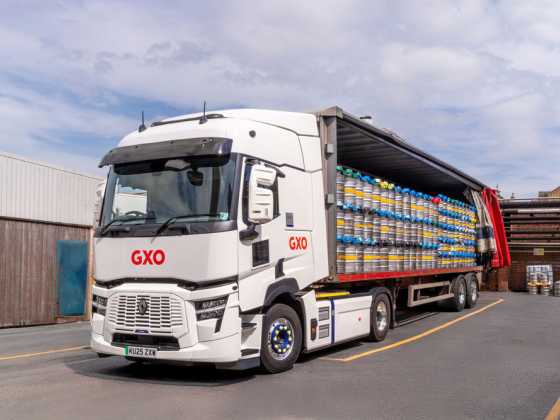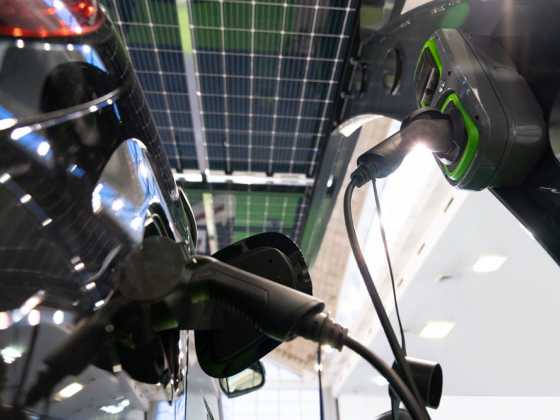Persistant EV myths: let's put out the fire

There’s a double standard that dominates the debate around fire safety between electric vehicles and petrol and diesel cars, argues Dominic Phinn, head of transport at Climate Group. Here he takes on the debate and urges forward-looking companies to tackle these damaging myths head on.
When a huge blaze ripped through a multi-storey car park at Luton Airport earlier this year, rumours that an electric vehicle (EV) was to blame immediately followed. It was the dominant narrative on social media, even after the authorities made it unequivocally clear that a moving diesel car caused the fire.
A blaze in a London bin lorry, which happened to be electric, was reported by
both the Daily Telegraph and the Daily Mail as an “electric bin lorry” fire – even though both papers knew full well that the fire had nothing to do with the truck’s engine. It was caused by flammable waste.
A persistent myth is pumped around in our media and on social media, underpinned by sensationalist headlines and an endless loop of (the same few) video clips.
EVs, this myth goes, are a fire hazard. But the opposite is true: all available data shows that electric vehicles are much less likely to catch fire than their petrol and diesel equivalents. Take Norway, the country with the world’s highest proportion of EV sales. There are between four and five times more fires in petrol and diesel cars than EVs, says the directorate for social security and emergency preparedness. During 2022,Sweden’s Civil Protection and Emergency Management Agency reported 23 EV fires in 611,000 EVs – that’s 0.004 percent of all battery-powered cars – while petrol and diesel cars burned 3,400 times in 4.4 million.
Data from the US Bureau of Transportation Statistics and the US National Transportation Safety Board concluded that hybrid vehicles are the most prone to catch fire, followed by petrol cars. Meanwhile, research of Australia’s Department of Defence funds EV FireSafe, the world’s only detailed and verified incident database for fire in electric cars, buses and trucks shows a 0.0012 per cent chance of a passenger EV catching fire – compared to a 0.1 per cent chance for internal combustion engine cars.
An EV is 80 times less likely to catch fire. Of course, petrol and diesel cars have safety issues all the time. Earlier this year, Honda had to recall 700,000 vehicles because the high-pressure fuel pump could crack and leak fuel – a major fire risk. Just now, General Motors is recalling more than 400,00 diesel vehicles due to a transmission issue that could affect the wheels. Almost no one bats an eyelid.
So why the relentless focus on EV safety?
One answer can be found, quite simply, in the nature of news. EVs are just that – new – while the internal combustion engine has been with us for over 100 years. Petrol and diesel cars might have been sensational once, but they certainly aren’t sensational now. Even though – let’s not forget – they still carry around a highly flammable fuel in a small tank, which has to be refilled at petrol stations where you cannot use your phone as this may cause an explosion.
As a result, media report EV fires much more frequently, and this easily creates the impression that they are more common.
Another explanation is more disturbing. EV critics are quickly running out of ammunition. As it’s sinking in that EVs aren’t just cleaner, but quieter, cheaper to maintain, extremely comfortable to drive, and more reliable, the fire hazard myth is a point of attack that promises headlines and clicks. And it’s pushed
by people and businesses that have vested interests in maintaining the status quo. All of this is severely damaging to the roll- out of EVs, and to our climate. The careless perpetuation of rumours and speculation by journalists and online – even where they are being vigorously countered by the widest possible range of experts – undermines people’s understanding of EVs.
As they fester and spread, myths are holding back the EV transition. To tackle
them head on, companies that are invested in making it a success need to come together. A unified corporate voice can put this particular fire out, once and for all.






